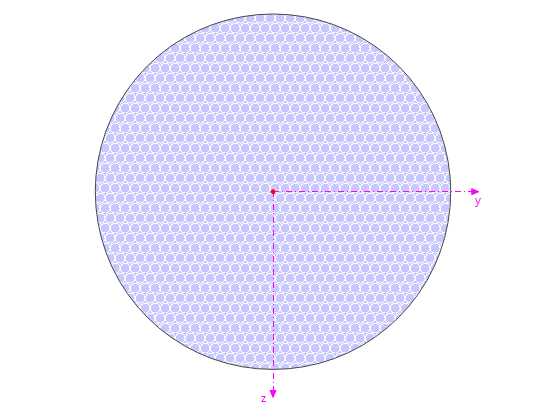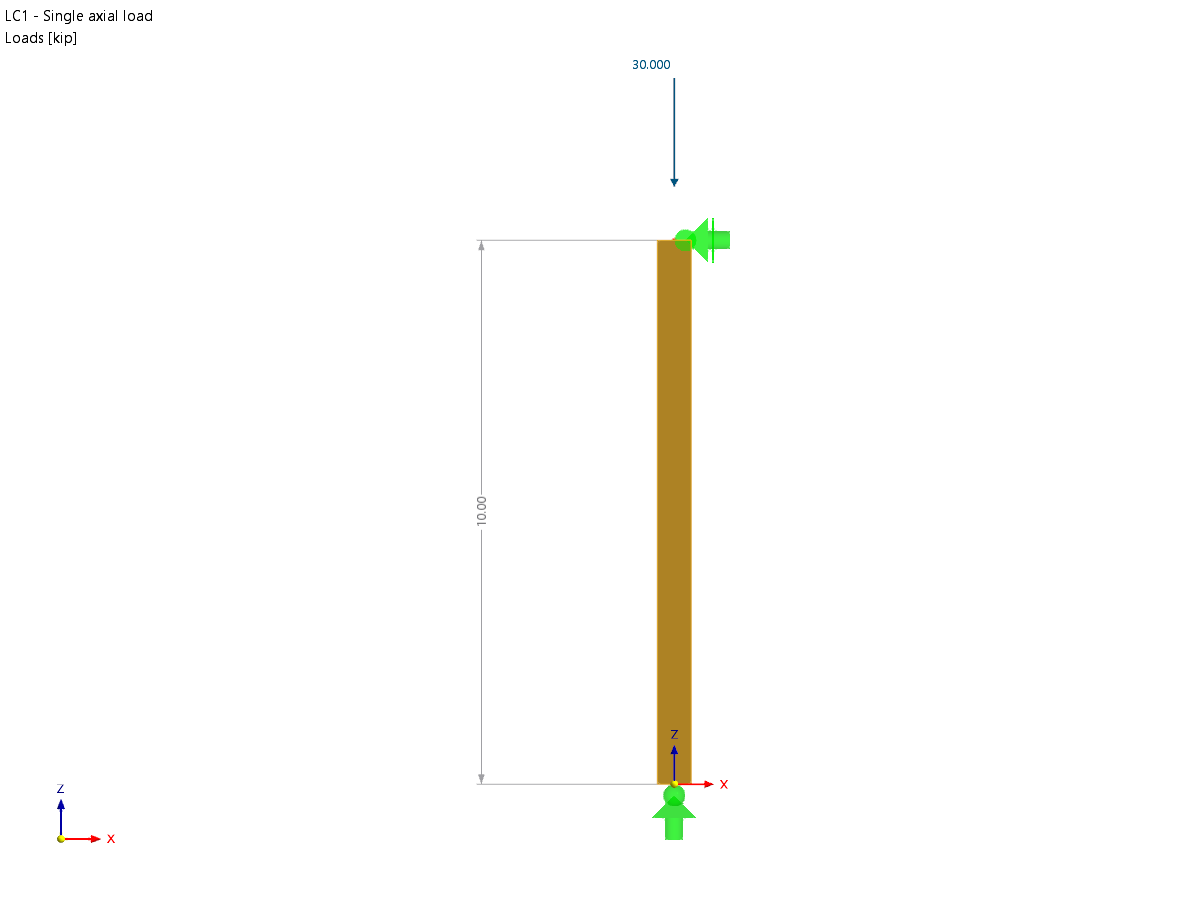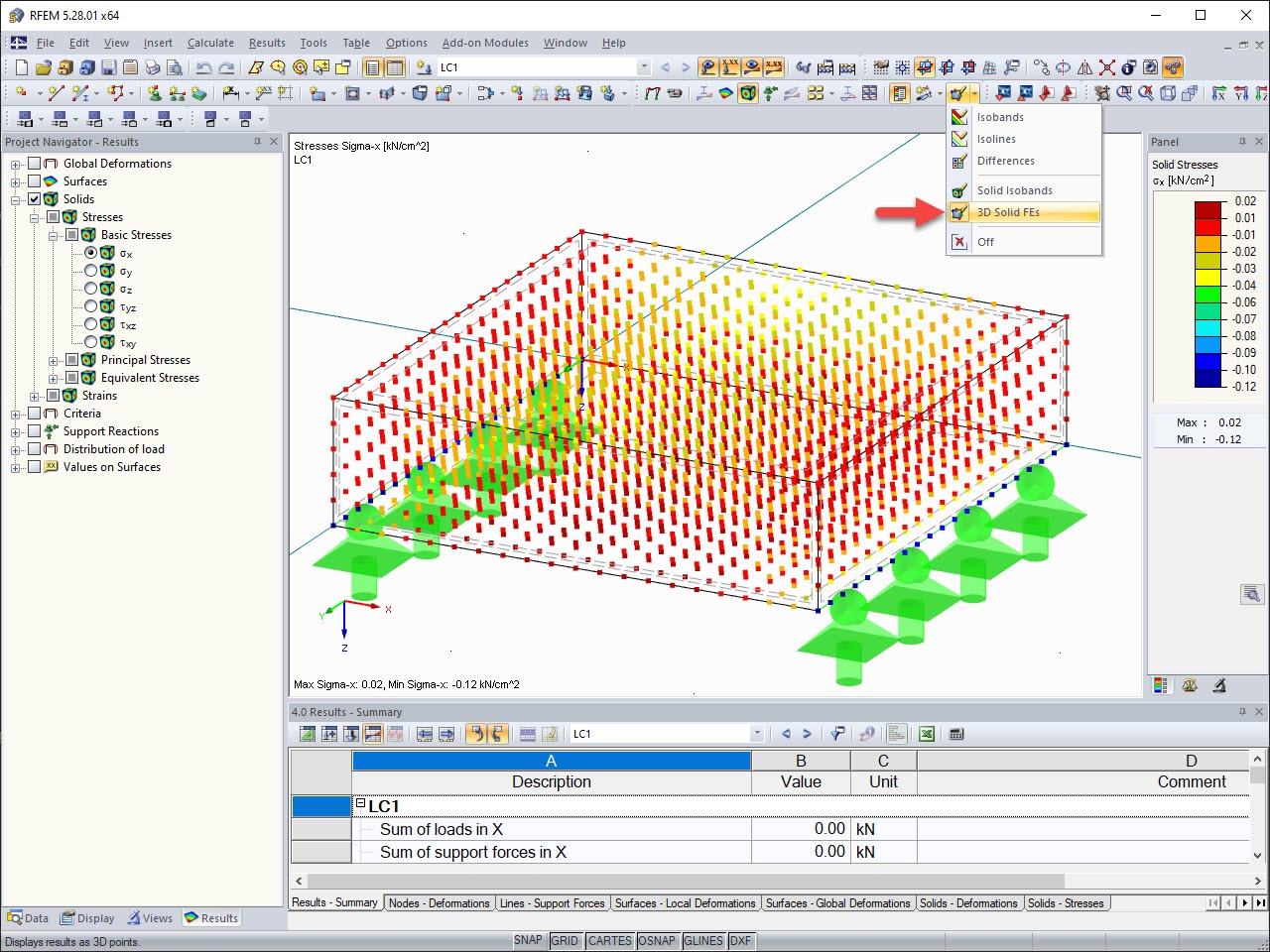A nodal mesh refinement allows you to generally control the generation of an FE mesh to achieve an adapted discretization achieved in the refinement area around a node.
You can select between two types of the mesh refinement that are available for the geometric shape of the refinement area:
- Circular
- Rectangular
For the circular type, it is necessary to define the size of the circular compression area via a radius on the one hand, and the inner and the outer target length on the other hand. The outer FE length usually corresponds to the global mesh size.
In the case of a rectangular type, the "Side Length" of the cube-shaped compression area as well as the "Inner Target FE Length" are specified.
For circular refinements, you can use the "FE length arrangement" to control how the mesh size of the FE mesh expands from the inside to the outside. For this, a distinction is made between the following options:
- Radial: The refinement area expands uniformly from the inside to the outside in the form of concentric circles.
- Gradually: The gradual refinement is based on the same principle as the radial refinement. However, the difference is that the refinement is not carried out in the form of concentric circles, but in sections in the areas with the same mesh size. For this, as many square elements as possible are used.
- Combined: In this case, the mesh is generated by a combination of radial and gradual adjustment. The refinement is basically the same as the gradual refinement. However, if there is a circular or arc-shaped line resting in the center of the refinement, the radial refinement applies.









.png?mw=350&hash=c6c25b135ffd26af9cd48d77813d2ba5853f936c)















![Basic Shapes of Membrane Structures [1]](/en/webimage/009595/2419502/01-en-png-png.png?mw=512&hash=6ca63b32e8ca5da057de21c4f204d41103e6fe20)










.png?mw=512&hash=ea9bf0ab53a4fb0da5c4ed81d32d53360ab2820c)


_1.jpg?mw=350&hash=ab2086621f4e50c8c8fb8f3c211a22bc246e0552)







